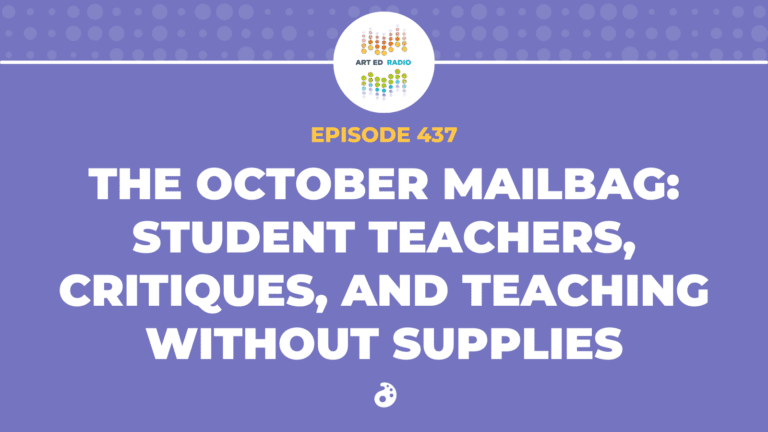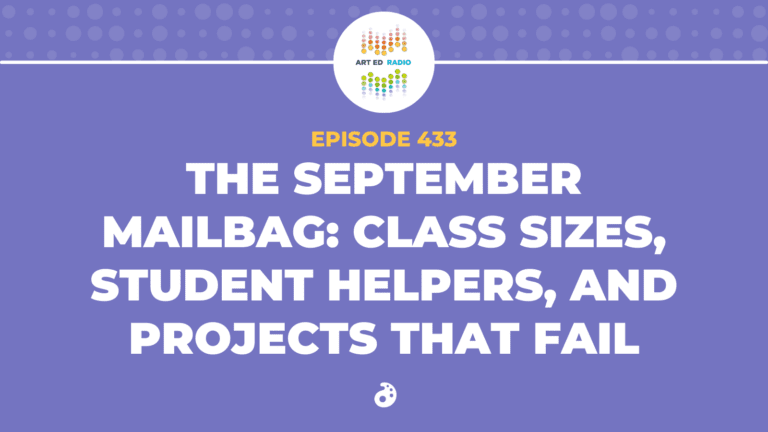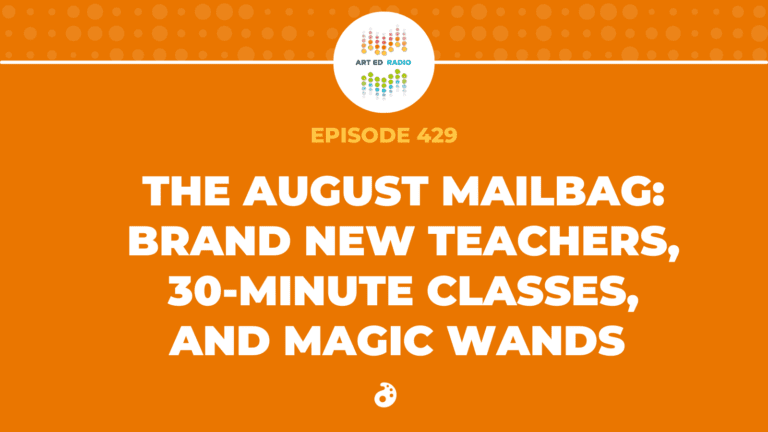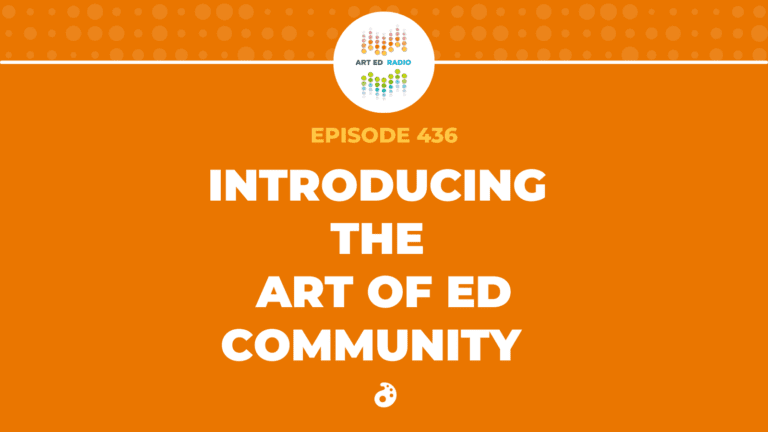Related

Professionalism
 Podcast
Podcast
The October Mailbag: Student Teachers, Critiques, and Teaching Without Supplies (Ep. 437)

Professionalism
 Podcast
Podcast
The September Mailbag: Class Sizes, Student Helpers, and Projects that Fail (Ep. 433)

Professional Practice
 Podcast
Podcast

